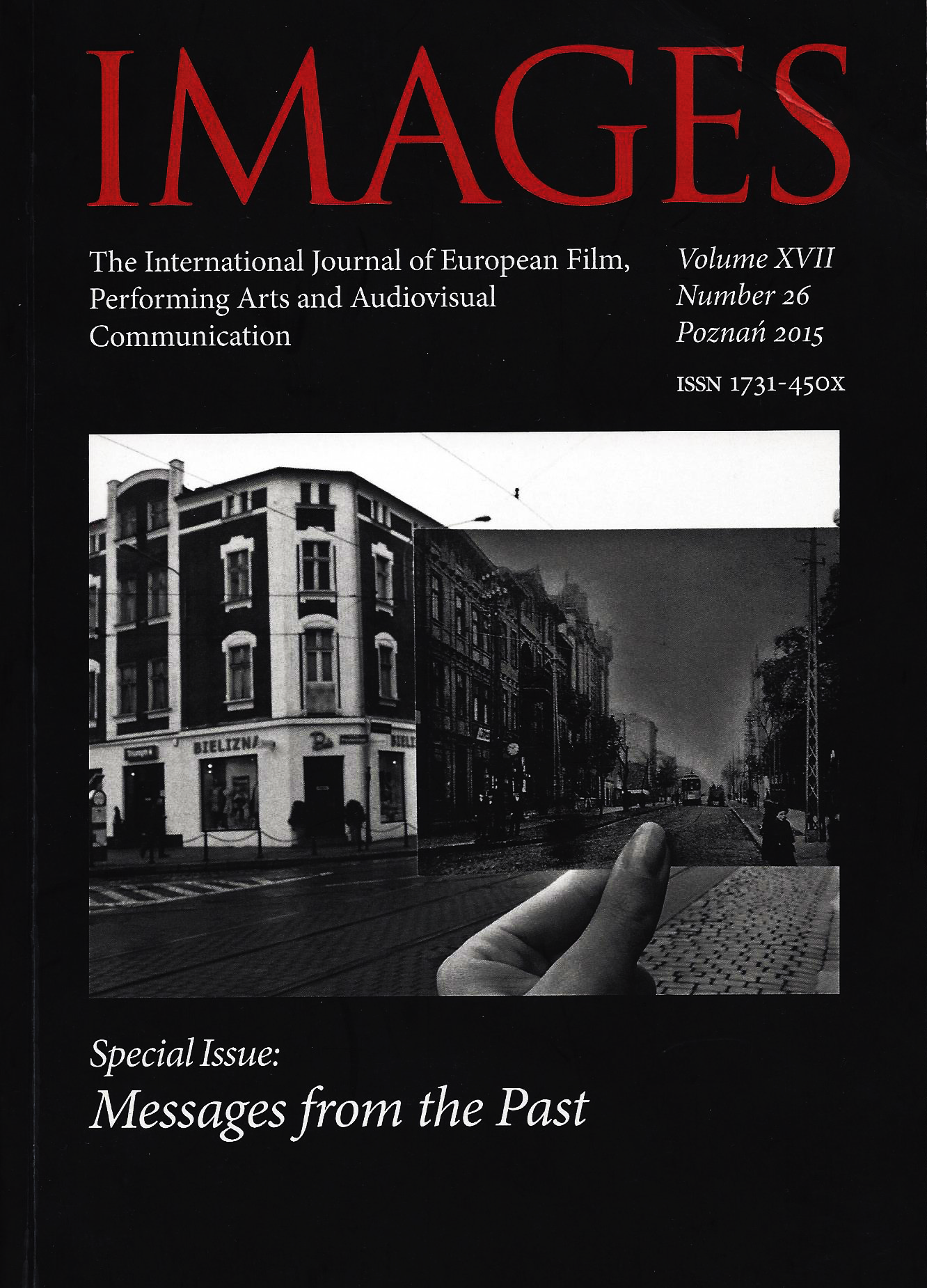Miasto jako perpetuum mobile. Berlin. Symfonia wielkiego miasta (1927) Waltera Ruttmanna
The City in Perpetual Motion. Berlin: Symphony of a Metropolis (1927) by Walter Ruttman
Author(s): Małgorzata HendrykowskaSubject(s): Music, Film / Cinema / Cinematography, Sociology of Art
Published by: Uniwersytet Adama Mickiewicza
Keywords: Walter Ruttmann; Berlin: Symphony of a Metropolis; documentary film; avant-garde; urban organism; editing; rhythm; Dynamics; creation of movement; point of view of the camera; uniformity; unification;
Summary/Abstract: The atmosphere of a big city, as well as registering the motion of the city as a symbol of modern industrial civilization, fascinated the first directors of photography at the turn of the 20th century. Some years later, the subject of the metropolis was developed by avant-garde artists. Among early cinematic images of the city, the foremost place is held by Walter Ruttmann’s 1927 film Berlin: Symphony of a Metropolis. It was the first multifaceted and comprehensive documentary picture of the city. The city is shown without any anecdote or story, without an individual hero, distinct from theatre or literature. Ruttmann shows the diversity, complexity and co-dependence of the urban organism, which becomes something of a machine in perpetual motion. Ruttmann’s film unveils the uniformity of big-city life, the unification of the imagination, expectations, needs and dreams. The world of “Berlin” is created mainly by editing. Motion – the result of artistic endeavors, together with the rhythmic order of the images, determine the artistic vision of the film as a whole. Ruttmann’s rhythmic interpretation aims at breaking the boundaries between art and non-artistic reality.
Journal: Images. The International Journal of European Film, Performing Arts and Audiovisual Communication
- Issue Year: 12/2013
- Issue No: 21
- Page Range: 65-76
- Page Count: 12
- Language: Polish

